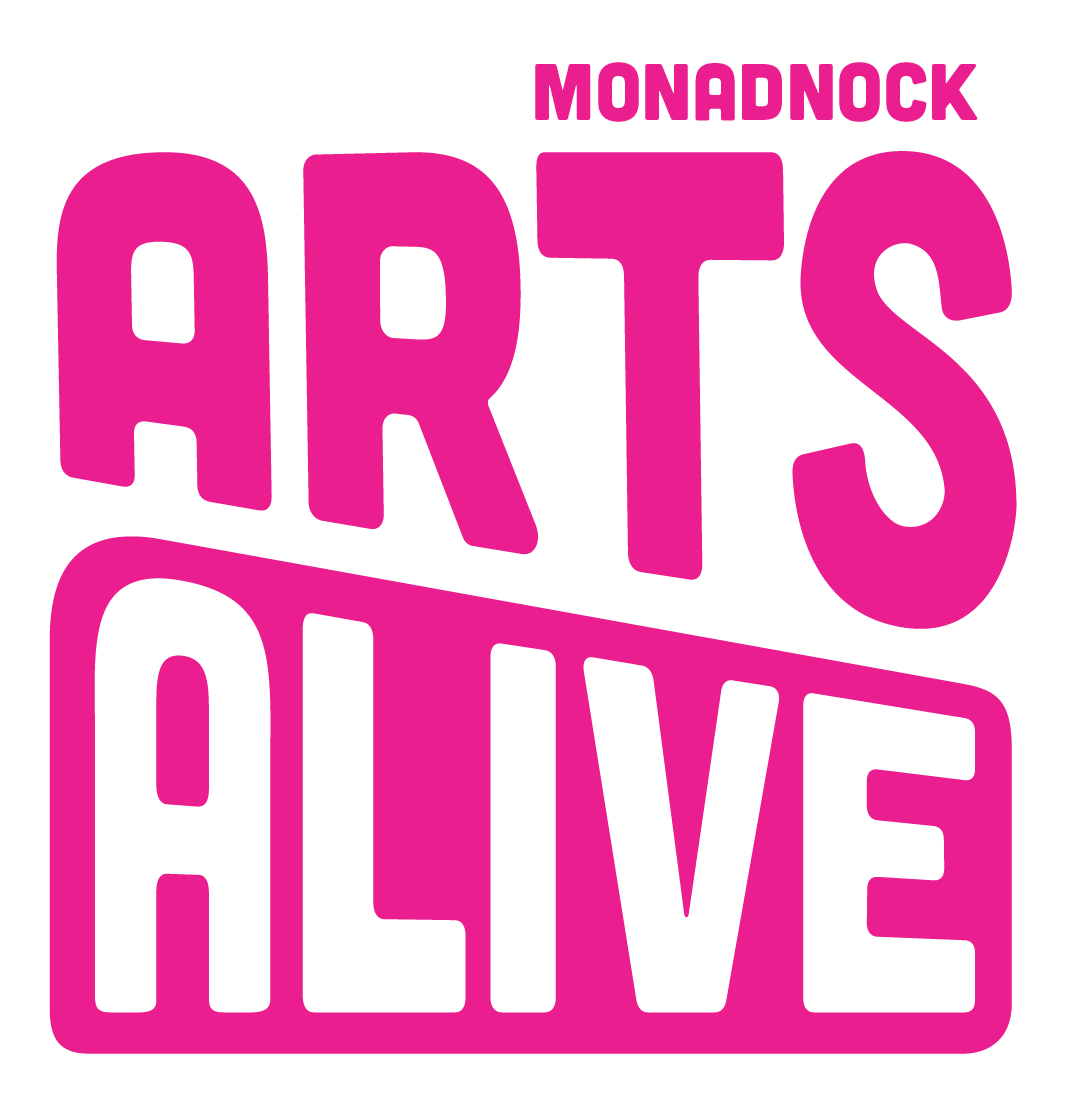Arts Alive! coordinated the Arts Track of the Radically Rural Summit. Radically Rural is an annual two-day summit that brings together hundreds people who are passionate about creating vibrant, robust rural communities and eager to learn, connect and lead change.
Broad shifts in demographics, communications, technology, economic development, and personal values are generating creative responses from innovative thinkers, change-makers, entrepreneurs, and community-builders who love their towns and know their advantages.
Here is a rundown of what we learned in our first session:
Bringing Community Stories to Life through the Arts
In June 2019, the Walldogs, a renowned organization of sign and mural artists, hosted a 4-day festival in downtown Keene, leaving 16 historic murals in their wake. Peter Poanessa, a Keene native and a Walldog, will kick off the Arts and Culture Track with Session One, “Bringing Community Stories to Life through the Arts”. This session highlighted the way that the Walldogs and local organizers were able to build a massive community following and engagement in uncovering and selecting the stories that are vital to Keene’s identity.
First, we watched the premier of the short documentary made about this unique event.
Then we heard Peter’s story of the Walldogs. He has been a sign-maker for many years, Arts Alive! recently recognized his accomplishment in the field with a Ewing Arts Award in traditional arts for excellence in his craft. Through connecting to other professionals in this work he found the Walldogs organization - a loose-knit group of sign-painters and makers pulling on historic traditions of professionally designed, hand-built, and painted signs that gets together to paint historical murals in communities around the country. Each year the Walldogs review almost 200 requests from towns and select just a few locations to visit with their skilled designers and painters. Peter went with them, and was so inspired, he decided they had to come to Keene.
A panel of four was invited to share their experience with the festival as well. The panel included: Judy Rogers - co-leader of the project, Carl Jacobs - historian and city councilor, Tammy Dwyer - volunteer coordinator, and Emily Sodders - artist. This is what the audience learned:
Building buy-in
Buy-in to the vision was exponential for this project. Many of the relationships were developed in one on one meetings and conversations (usually over a cup of coffee) where the VISION for the festival was clearly communicated, and the ASK was also clearly communicated.
“We want to host the best Walldogs mural festival, with all of our community participating. Professional artists from around the world will cover Keene with beautiful historic murals that share the stories of our community identity. It will make Keene stand out as a destination, and will increase our community pride by celebrating our spirit of place.”
Part of this clear communication was approaching media partners early on, as well as hosting a pop up “hub” of information in a vacant retail space on main st.
Effective Research
The strongest partner in developing a long list of potential mural topics was the Historical Society of Cheshire County (HSCC). Community members were also asked to share ideas for mural topics. However, the HSCC provided immense support in research and providing images and materials for artists to draw on for mural designs. They also helped to create a walking tour to describe the historical context of each mural.
Giving the community choice
Not only was the greater community asked to attend a pop-up event to contribute ideas for mural topics, but they also were invited back to vote for their top choices, after the choices had been narrowed down by the leadership committees. The voting happened in the main street storefront, which had an event for voting and several open house days where community members were invited to pass through and vote.
Ensuring representation
Often in historical storytelling of New England towns, subject matter is focused on the leadership and accomplishments of a narrow demographic. The leaders of the Magical History Tour were interested in reflecting the past as a vision for the present and future of the community.
Guaranteed the Abenaki mural would be included, regardless of votes
Made sure to have female figures and leaders of color well represented in the curated choices for the community to vote on
Took care to reach out to families and individuals represented, when available, for every mural subject.
Sought advice and input on how to handle issues that came up around racial diversity, empowerment, and civil rights
Building a culture of “all-hands-on-deck”
From the inception of the project, there was a culture built around enthusiasm and action. This stemmed from a leadership that new how to inspire and lead by example. From the excitement of the panelists it was obvious that there was an excess of passion in the room connecting them to the project and engaging them in its longevity. Also, each panelist had a responsibility that fit well with their interest and expertise - the leaders had matched them well with their tasks. All were in agreement that it was due to leadership that reflected values of positivity and action. They engaged people in their interests, and that set expectations high for all community members involved.
